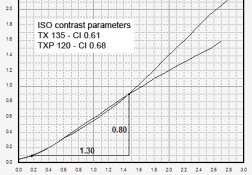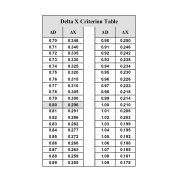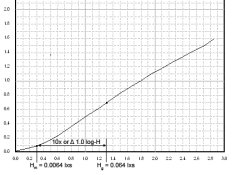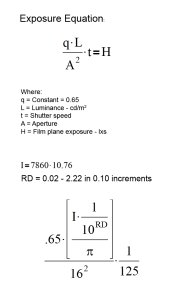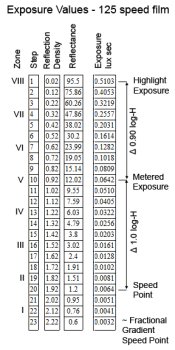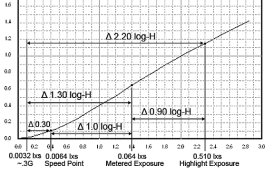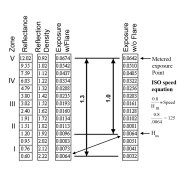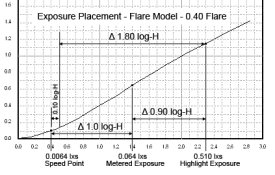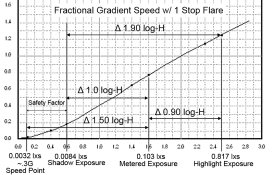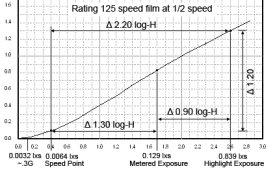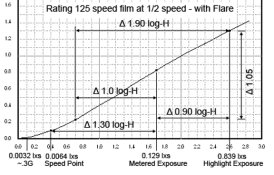Stephen Benskin
Member
According to the exposure meter's calibration equation, the mean scene Luminance is 297 cd/ft^2 or 3196 cd/m^2. Whatever the meter points at, the f/stop and shutter speed half of the equation wants to adjust itself to balance the equation to equal the same output as with the 297 cd/ft^2 at the Sunny 16 rule - f/16 and the shutter speed as the reciprocal of the film speed - 1/film speed.
If you remove the shutter speed out of the picture, the exposure meter wants to produce a single value that, according to Connelly, "can be considered either the average image illumination required for light sensitive material having unity film speed when exposed for a time of one second, or a constant reference exposure (P)." This value is what makes exposure meters work for all materials. It wants to produce a single exposure value.
It is the film speed of the photographic material determines where the average point of exposure or the metered exposure point will fall. As we've seen, it's not just a value representing the sensitivity of the photographic material, but also includes information about the limits of useful exposure of the film type, and most importantly an adjustment by the speed constant to place the metered exposure point at the point on the film's characteristic curve so that the entire scene's exposure range will fall on the curve where it will be most advantageous.
Now that we know the average Luminance or Lg, we can determine the constant P and then calculate the exposure value for all the different film speeds.
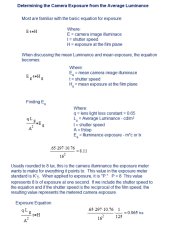
There's a short cut to determine the metered exposure value for different film speeds. Simply divided the film speed into the constant P.
P/100 = 0.080
P/125 = 0.064
P/200 = 0.040
P/400 = 0.020
Now that we know the positions of both the speed point and the meter exposure point, it's now possible to determine the relationship between the speed point, film speed, and the metered exposure point.
If you remove the shutter speed out of the picture, the exposure meter wants to produce a single value that, according to Connelly, "can be considered either the average image illumination required for light sensitive material having unity film speed when exposed for a time of one second, or a constant reference exposure (P)." This value is what makes exposure meters work for all materials. It wants to produce a single exposure value.
It is the film speed of the photographic material determines where the average point of exposure or the metered exposure point will fall. As we've seen, it's not just a value representing the sensitivity of the photographic material, but also includes information about the limits of useful exposure of the film type, and most importantly an adjustment by the speed constant to place the metered exposure point at the point on the film's characteristic curve so that the entire scene's exposure range will fall on the curve where it will be most advantageous.
Now that we know the average Luminance or Lg, we can determine the constant P and then calculate the exposure value for all the different film speeds.

There's a short cut to determine the metered exposure value for different film speeds. Simply divided the film speed into the constant P.
P/100 = 0.080
P/125 = 0.064
P/200 = 0.040
P/400 = 0.020
Now that we know the positions of both the speed point and the meter exposure point, it's now possible to determine the relationship between the speed point, film speed, and the metered exposure point.








